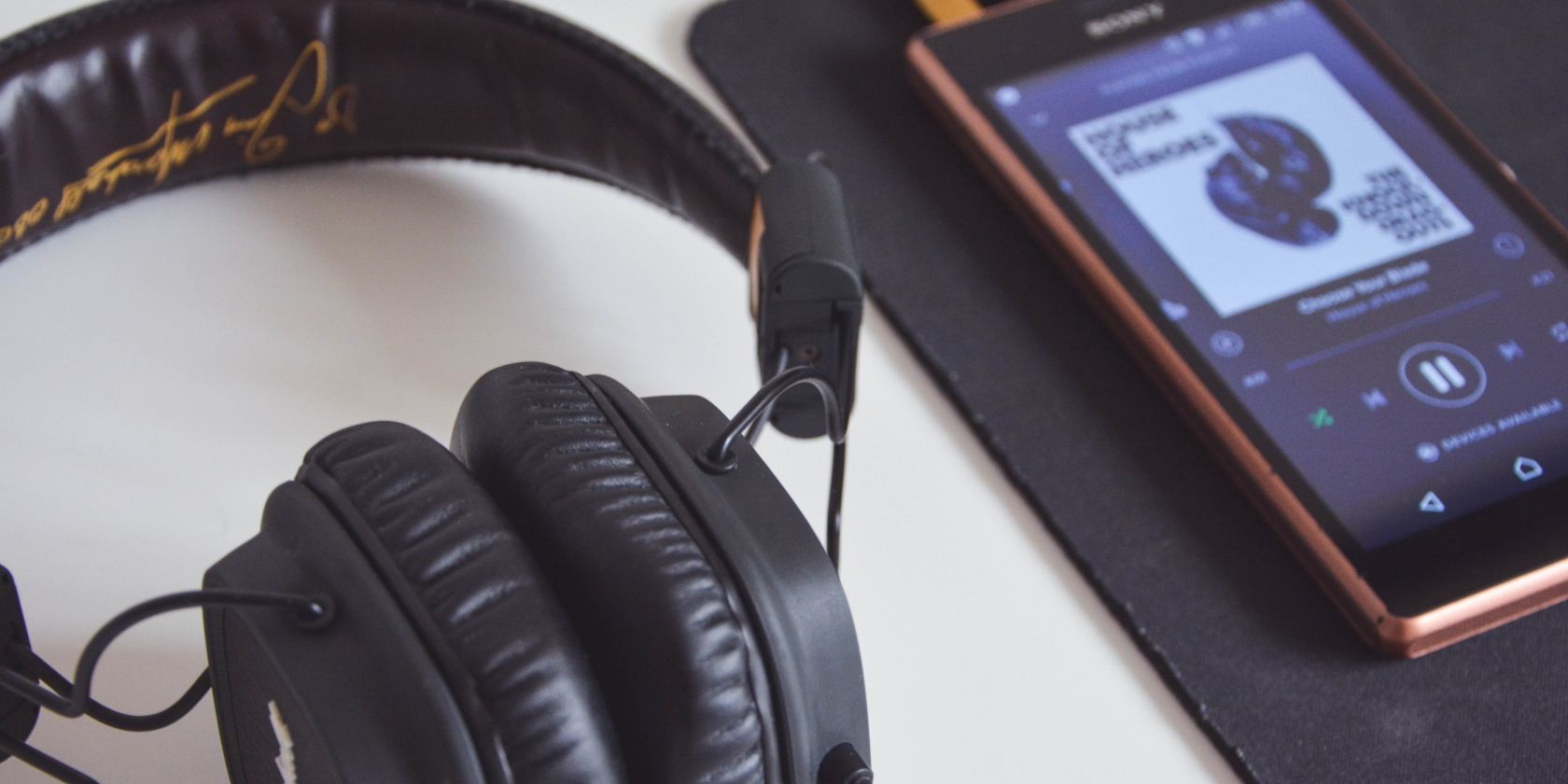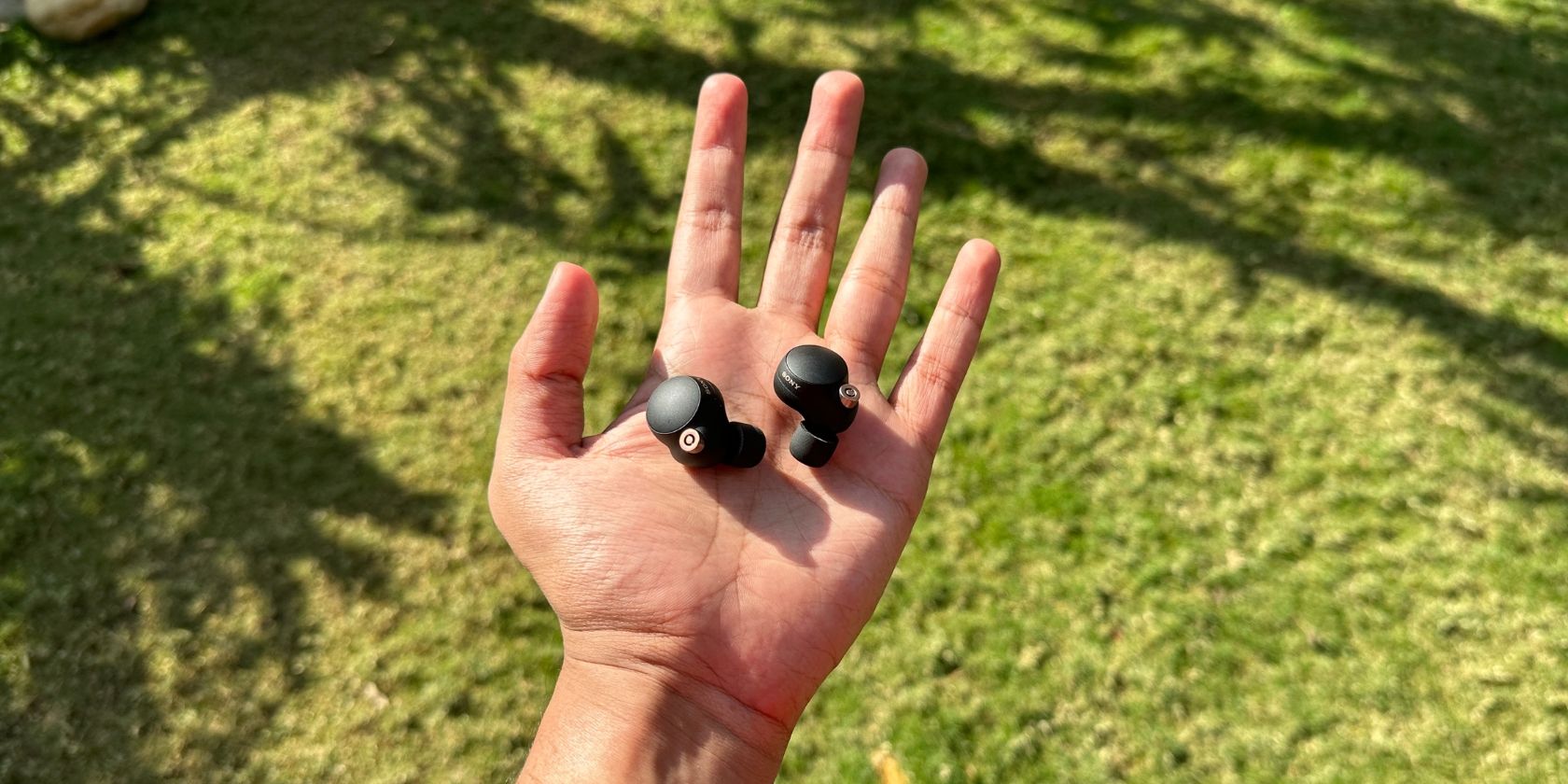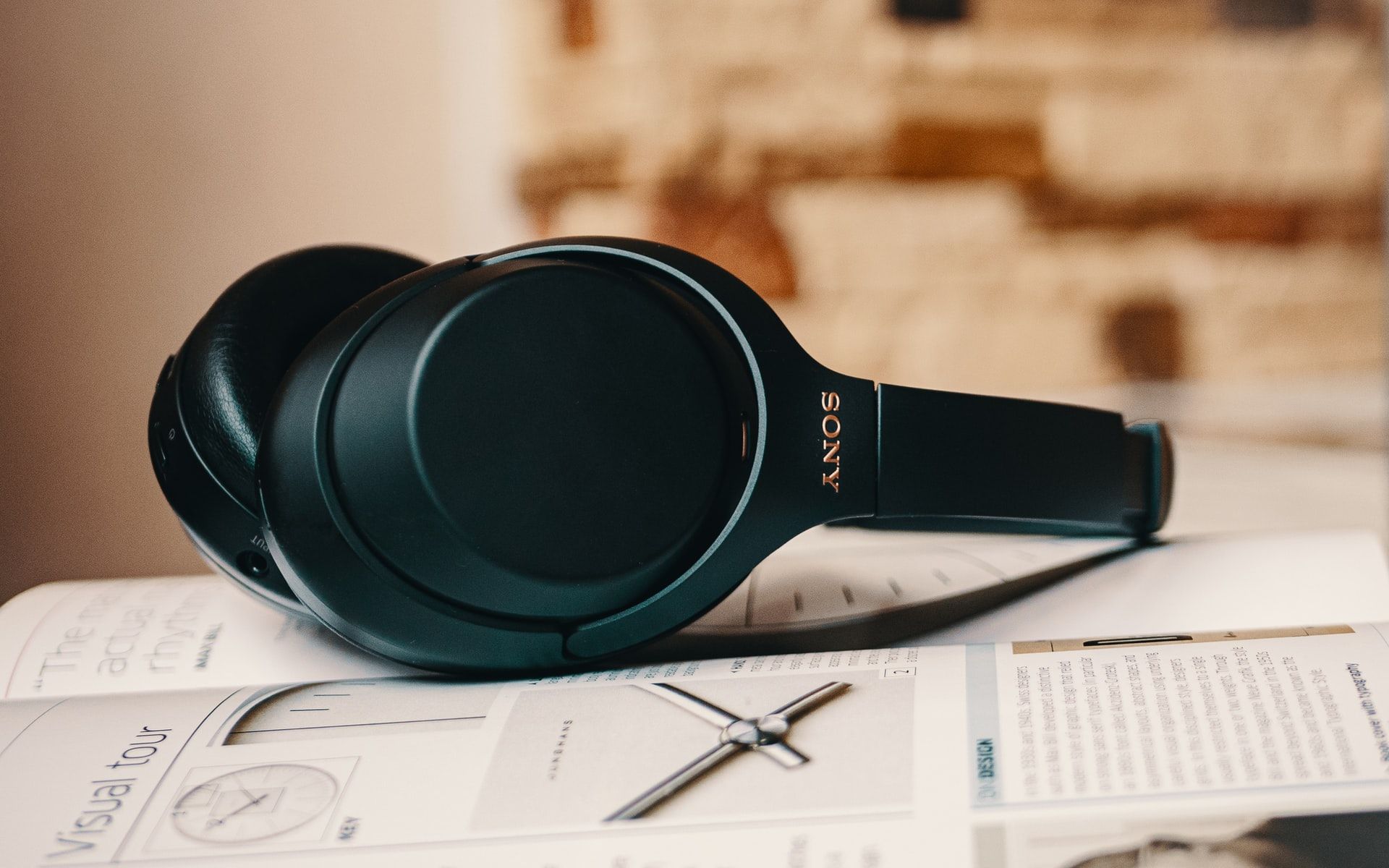Sony is known for its electronics, and its lineup of WH-1000XM and WF-100XM headphones and earbuds are some of the best available. However, it's not the hardware alone that makes Sony headphones a compelling buy. The software and upscaling features offered are also top-notch. Unfortunately, these features aren't battery efficient at times, and you might be giving up too much battery life for only slightly higher sound quality, especially in the case of DSEE.
But what is Sony DSEE HX, and should you switch it off?
What Is DSEE HX and How Does It Work?
DSEE stands for Digital Sound Enhancement Engine. Sony's proprietary upscaling technology can enhance compressed low-quality audio files, such as older songs or audio sourced from CDs or MP3s.
It artificially improves the dynamic range of older music, pushing 16-bit/44.1 kHz CD audio to as high as 24-bit/96 kHz. This makes the instruments sound more life-like and separates them from the vocals, bringing them to the front of the mix.
The engine makes calculations and predictions to enhance the sound where it thinks it's lacking. Depending on the onboard chip, this can be done on your headphones or in a source device that supports the engine, with Sony's Walkman a prime example.
The overall benefit here is enhanced audio quality of low-resolution music as the playback device converts compressed audio into a higher quality format in real-time without affecting the original track. This is because the engine isn't processing the track, but the information is being sent to the headphones instead.
Types of DSEE
There are three types of DSEE:
- DSEE HX
- DSEE Extreme
- DSEE Ultimate
DSEE Extreme and Ultimate both use artificial intelligence to predict and more accurately reproduce the original sound quality of the track before it was compressed. The only difference between the three types is the calculation capacity and prediction power.
You can't really tell which type of DSEE is best, as all three vary from song to song. That said, you'll typically have better results when using DSEE Extreme or Ultimate compared to DSEE HX.
How Much Does DSEE Affect Sound Quality?
There's no solid metric for saying how much of an improvement DSEE will make to an old audio track. The overall sound quality is determined by the type of DSEE technology your playback device uses and its characteristics combined.
The actual track, instruments, and vocals also play a big role. DSEE works best with female vocals, tambourines, high hats, and brass instruments. Since Sony continually tweaks the engine in updates, your mileage may vary.
If you're listening to compressed audio sources such as old songs, DSEE can improve the audio for a much better hearing experience. That said, the audio source, whether locally downloaded or streamed from an app, also makes a big difference.
It also works differently on different devices. For example, the upscaled quality you might get on something like the WH-1000XM5 might not be what you get out of an Xperia phone or Sony sound system, as they tend to work with different frequency limits.
Finally, DSEE can do wonders for live audio or concert recordings. Instead of the audio feeling like it was just put together with instruments, vocals, and ambient sound combined, you'll hear better separation between the vocals, crowd, instruments, and any other audio sources. This also applies to studio recordings, but the effect works better on concert recordings.
DSEE, however, doesn't do a lot for Hi-Res audio. Most modern music services such as Tidal, Qobuz, Apple Music, and Amazon Prime Music already let users stream high-quality music, which means DSEE won't make much of a difference in your day-to-day usage. Also, note that high quality doesn't automatically mean "High-Res," and there is a difference between lossless and High-Res audio.
What Impact Does DSEE Have on Battery Life?
DSEE alone is a battery hog. If you combine features like noise cancellation and any EQ tweaks you might've made, you'll be killing your battery in no time.
On my WF-1000XM3s, with DSEE HX enabled, I was getting up to two and a half hours of battery life per charge—much lower than Sony's advertised six hours. Disabling it increased the battery life so much that I'm yet to have it fully run out of battery, with AAC and active noise cancellation running on full blast. Since I mostly stream music, there was no noticeable loss in the audio quality.
Sony's bigger headphones, such as the WH-1000XM4s or XM5s, might take a lower hit when running the feature. However, you'll still lose a significant amount of battery for a feature that adds little to the overall listening experience.
This also applies to the WF-1000XM4s, Sony's current-gen wireless earbuds, which support DSEE Extreme. When paired with high-resolution audio codecs like LDAC and noise cancellation, your battery life can significantly decrease with DSEE Extreme enabled.
Should You Switch Sony DSEE Off?
The answer depends on the kind of music you listen to. If you're mostly streaming music with a paid subscription from just about any music streaming app, you're likely already getting high-quality audio, and using DSEE will do little to enhance the experience.
That said, Sony's Headphones Connect app makes toggling the feature rather easy. You can enable it from time to time when you're listening to old music or downloaded music on your phone and get the best of both worlds.
We recommend switching Sony DSEE off as it'll be a waste of battery life in most cases. But for its niche use case, enabling it can enhance your listening experience.
Get More Out of Your Sony Headset
Using your high-end headphones or earbuds to their full capacity does require some tweaking to ensure you get the music you like. However, when you're out and about, having your wireless headphones or earbuds run out of battery can be a headache, especially if you're wasting battery life on a feature that doesn't make much difference.
The playback device alone can't do much, though. Your choice of streaming service also plays an important role, as different services have different audio quality standards, and picking the right one can make all the difference.



